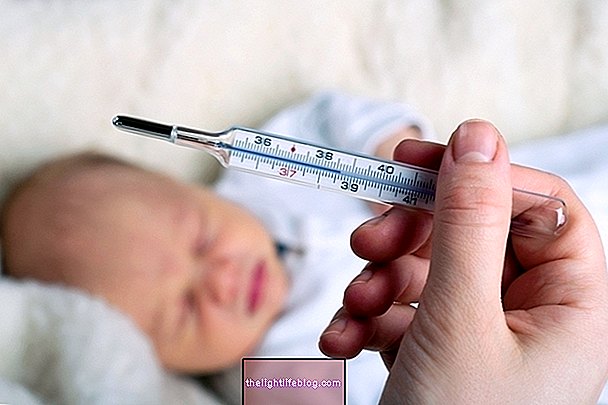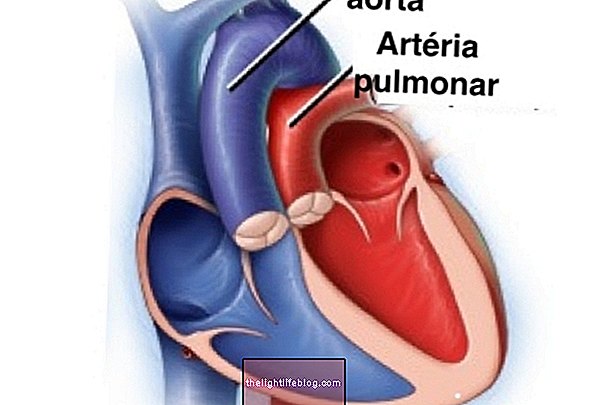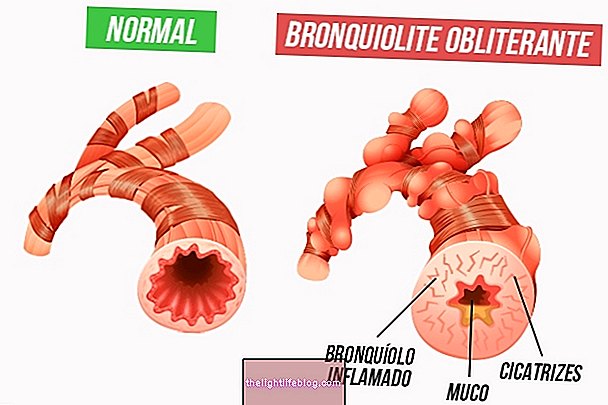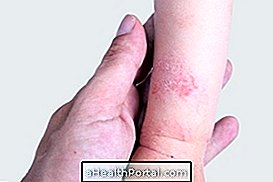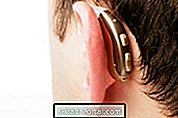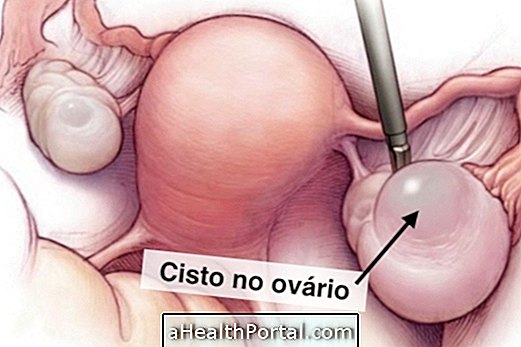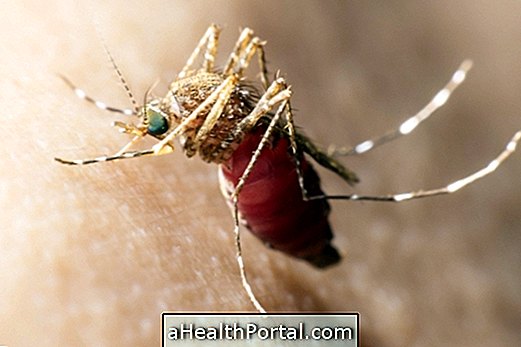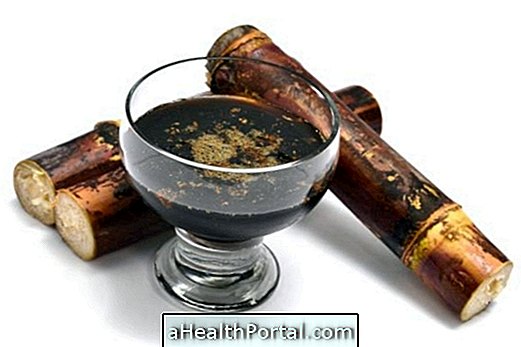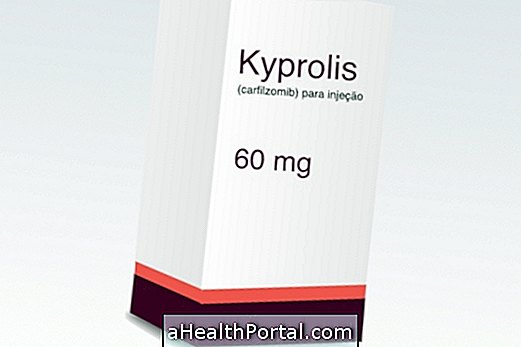Fever is a form of defense of the organism and in some cases it can appear and disappear within 24 hours or remain for more days. The fever that comes and goes in the baby is common and is one of the ways of the organism to signal that something is not well. This type of fever can cause confusion for parents, because when they think it is resolved, the fever comes back.
Although fever is one of the manifestations that most generates anxiety in parents, especially in newborns, when it comes and goes it is usually related to less serious situations such as reaction after taking a vaccine, the birth of teeth or even excess clothes in the drink.
The baby is considered to have a fever when the temperature exceeds 37.5ºC in a measurement in the armpit, or 38.2º C in the rectum. Below these temperatures, there is generally no cause for concern. See more about how to know if it is fever in the baby.

When the baby has a fever, most of the time, it is related to colds or viral infections. Other common causes of back and forth fever in the baby are:
1. Reaction after getting vaccine
Fever is one of the most common symptoms after taking the vaccine and can start in up to 12 hours and last for 1 to 2 days. In some cases the fever can come and go again in a few days.
What to do: you should consult your pediatrician to prescribe antipyretic and analgesic remedies if necessary. In addition, it is recommended to measure the temperature regularly and watch for the appearance of other symptoms such as difficulty in breathing and rapid heartbeat. In this case, you should contact the doctor immediately. If the baby is less than 3 months old and has a fever above 38 ° C, it is important to seek medical attention immediately. See other symptoms of reaction to vaccines and how to relieve the most common symptoms.
2. Birth of the teeth
When the teeth start to appear, swelling of the gums and low, transient fever can occur. At this stage, it is common for the baby to put his hands to his mouth frequently and drool a lot. In addition, the baby may refuse to eat.
What to do: it is advisable to observe the baby's mouth to check if the fever is related to the birth of teeth. You can soak a sterile compress in cold water and place it on the baby's gums to relieve discomfort and antipyretics or analgesics can be taken, as long as prescribed by the doctor. If the fever persists for more than two days, contact the pediatrician. Check out more tips to relieve the pain of the birth of baby teeth.
3. Excess clothing
It is natural for parents to be over-caring for the baby and in this case, it is possible to put too much clothes on the baby even when it is not necessary. However, excess clothing can cause an increase in body temperature, causing a low-grade fever that appears to come and go according to the amount of clothing the baby is wearing.
What to do: remove excess clothes so that the baby feels more comfortable and the body temperature reduces.
When to go to the doctor
Baby fever should always be assessed by the pediatrician, but there are situations in which medical help should be sought immediately:
- Fever in babies under 3 months of age and temperature above 38ºC;
- Continuous crying;
- Refusal to eat and drink;
- Present vomiting and diarrhea;
- Have spots on the body, especially red spots that have appeared after the onset of fever;
- Stiff neck;
- Seizure;
- Difficulty breathing;
- Exaggerated drowsiness and difficulty waking up;
- If the child has a chronic or autoimmune disease;
- Fever for more than two days in children under two years;
- Fever for more than three days in children older than two years.
It is important to measure the temperature correctly, to be attentive and to inform the doctor of all the signs that the child presents. See how to use the thermometer correctly.
In all cases, it is important to offer the baby plenty of fluids to avoid dehydration due to increased body temperature.
Was this information helpful?
Yes No
Your opinion is important! Write here how we can improve our text:
Any questions? Click here to be answered.
Email in which you want to receive a reply:
Check the confirmation email we sent you.
Your name:
Reason for visit:
--- Choose your reason --- DiseaseLive betterHelp another personGain knowledge
Are you a health professional?
NoMedicalPharmaceuticalsNurseNutritionistBiomedicalPhysiotherapistBeauticianOther
Bibliography
- PREMIER HEALTH. Four Fever Fears and How to Handle Them. Available in: . Accessed on 29 Sep 2020
- MSD MANUAL FAMILY HEALTH VERSION. Fever in infants and children. 2018. Available at:. Accessed on 29 Sep 2020
- WING, Robyn; DOR, Maya R .; MCQUILKIN, Patricia A .. Fever in the Pediatric Patient. Emerg Med Clin N Am. 4. 31; 1073-1096, 2013

.jpg)
